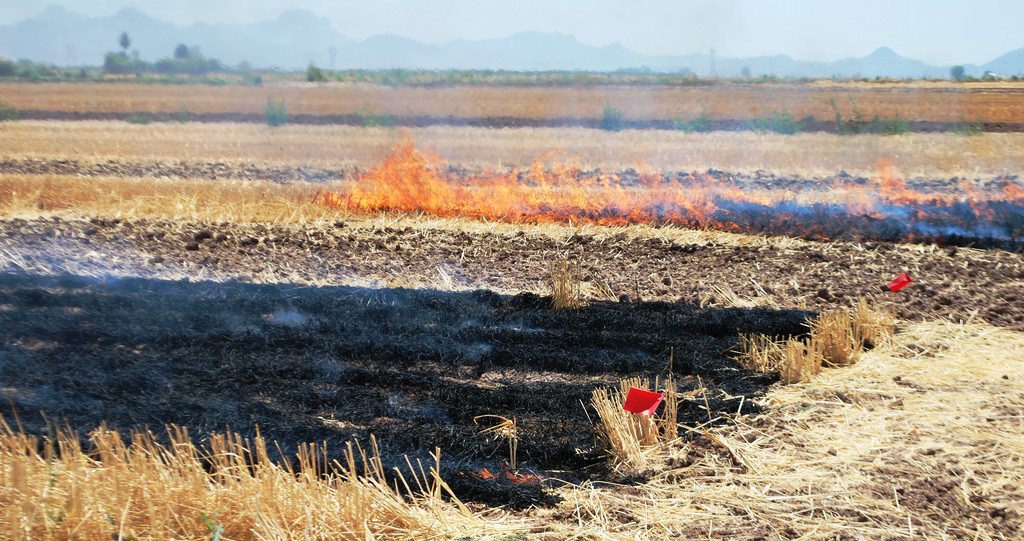The fire season is winding down in the Peace Country after a seemingly tame summer, but Grande Prairie Regional Fire Service Chief Trevor Grant says there are still some takeaways that both residents and fire personnel should be mindful of as the cold rolls in.
According to Chief Grant, this year’s fires were not nearly as impactful to residents as the catastrophic Dunes West wildfire that ravaged the Grande Prairie area in 2023. The lightning-caused blaze burned nearly 1,400 hectares and resulted in the evacuation of more than 1,900 residents across 440 homes last year.
“We didn’t have as impactful fires as we did last spring with the Dunes West wildfire, but we did have several larger scale events,” he says.
The most notable blaze of this year’s season was the Kleskun Creek wildfire, which saw around 17 homes evacuated. Grant says the flames burned approximately the same area as the Dunes West fire but were much less impactful to residents.
Grant maintains that the big concern this year was holdover fires from years prior. According to the fire chief, his department responded to a much higher rate of holdover fires due to old burn piles from the winter than years before.
“This spring, we actually saw two fires that I can remember that actually weren’t even burnt over this winter, they were actually from the winter previously,” he says. “Those fires can smolder and just smolder around until the right conditions come up with wind and then they can take off and cause bigger fires.”
The Fire Chief adds that trends across North America are now indicating that the fire seasons are changing. Grande Prairie can typically expect a fire season between March and October; however, Grant says the season seems to be getting earlier.
“They’re gradually getting longer from southern California up to northern Alberta and I think the biggest thing is everybody needs to be prepared,” he says.
When it comes to preparing for next year, Grant says “it all depends on the winter.”
“We have had fairly significantly less snow in the last two winters and a dry spring,” he says. “There’s definitely trends throughout history that the snowpack or the snowfall for one season is less than another season and compounding that with additional or less rainfall we may have a dry spring next spring but we may get a lot of snow this winter and a wet spring, and we won’t be faced with that moving forward.”
Ultimately, the Fire Chief maintains that the best practice for residents is to remain vigilant over the winter if they plan on conducting any offseason burns as prevention remains the number one way to mitigate damage from forest fires.




